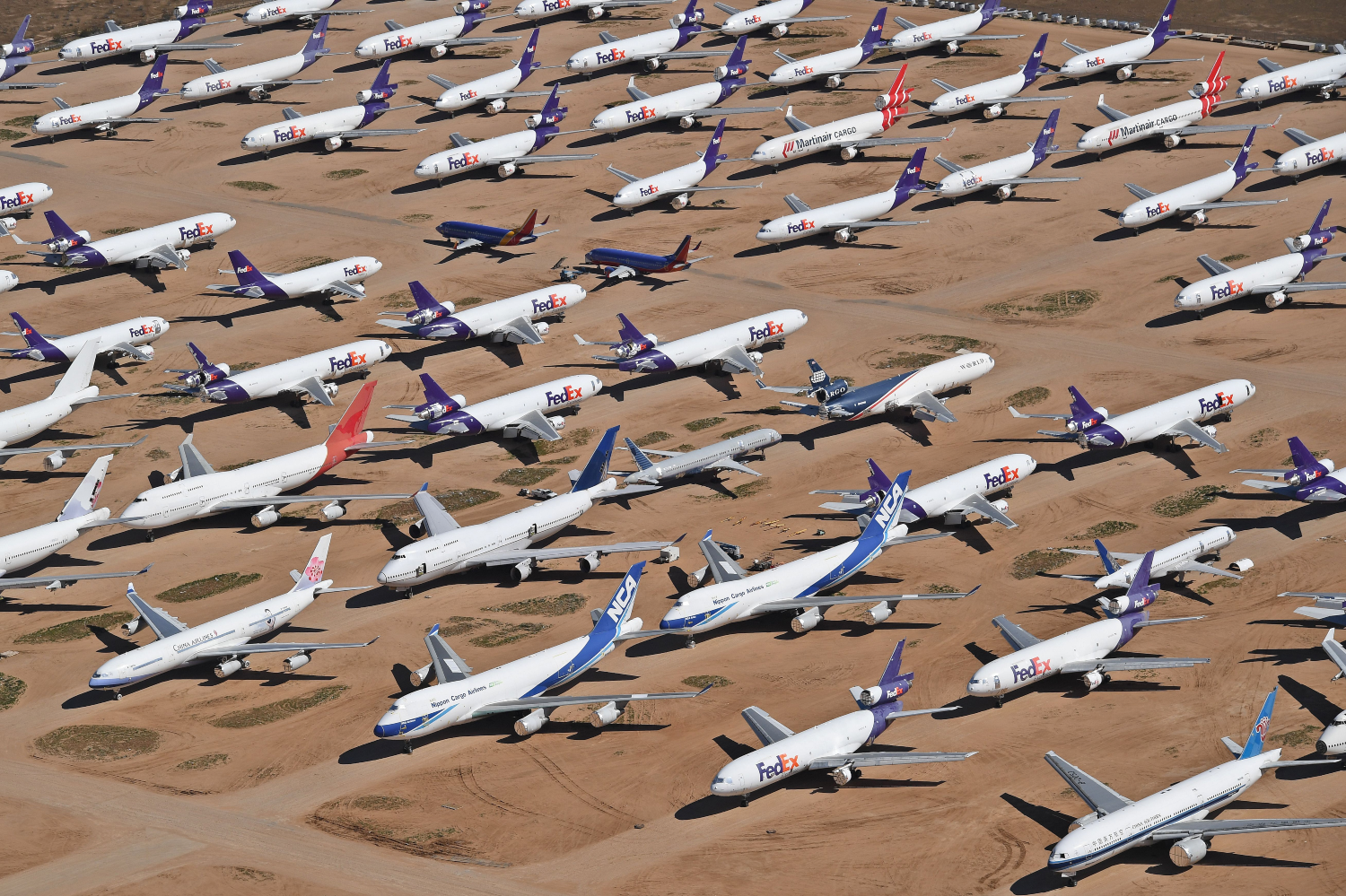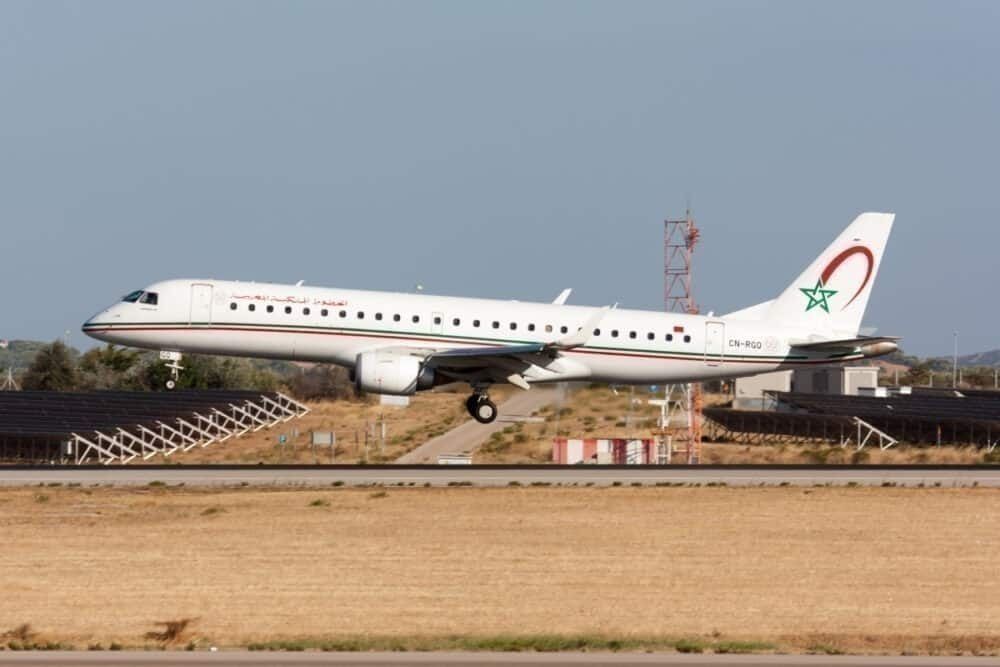Morocco has a fast-growing industry supplying parts and services to the aircraft builders and the wider airline industry. Now the country is looking to add end-of-life facilities to its portfolio of aircraft-related services. Plans are underway to construct an aircraft boneyard outside Oujda in northeastern Morocco.
Oujda's Angad Airport named as the site for aircraft boneyard
Multiple media reports say Morocco's Office National Des Aéroports (ONDA) has put out a call for tenders to build and operate a 10-hectare boneyard near Oujda's Angad Airport. The facility will store, disassemble, and recycle aircraft. The aircraft boneyard business is one of the few corners of the aviation industry prospering throughout the travel downturn.
A Government agency, the ONDA operates and administers Morocco's key airports. Like airport operators everywhere, the ONDA is keen to diversify its revenue streams and maximize its bottom line. If the boneyard business works out, the ONDA is open to expanding the storage facility to 54-hectares.
Angad Airport is around 12 kilometers north of Oujda and 600 kilometers northeast of better-known Casablanca. Homegrown airline Royal Air Maroc and Air Arabia Maroc are the airport's biggest users. A variety of mostly low-cost European airlines also jet in, several on a seasonal basis only.
During WWII, the airport was used as a military base by both UK and US forces during the North African campaign. Oujda's two sealed runways are 3,000 meters in length, meaning the biggest planes destined for the boneyard can safely touch down.
Stay informed: Sign up for our daily and weekly aviation news digests.
Is Morocco coming to the aircraft boneyard business too late?
Over a year into the travel downturn, is ONDA coming a bit late to the aircraft boneyard party with their Oujda proposal? Probably not. As recently as February, around one-third of the worldwide commercial aviation fleet remained out of the air.
Experts predict it will take several years yet for the airline industry to recover fully. Even then, the makeup of airline fleets will not be what it used to be. The travel downturn has accelerated the retirement of older widebody planes, particularly thirsty four-engine planes like Airbus A340s and Boeing 747s.
While airlines may bring many of their smaller, single-aisle planes back into service, the bigger, older planes have to go somewhere. Leaving planes parked in big city airports is a costly proposition.
Oujda may work well as an aircraft parking spot
Oujda ticks a few of the aircraft storage business boxes with its proximity to Europe and aircraft-friendly dry low-humidity climate. Whether Oujda becomes a parking facility as distinct from a true boneyard is less distinct.
There are many unwanted widebody planes around these days, but the market for second-hand widebodies is small. Most unwanted Boeing 767s and Airbus A340s from Europe are unlikely to find a second life flying for another carrier.
That means their residual value lies in recycling parts and scrap. With ONDA eyeing an initial 10 year deal with options to renew, a section of Oujda's Angad Airport may house a pile of decaying aircraft metal rather than featuring perfectly preserved and maintained parked planes.
In either case, it's potentially money for jam for ONDA. The Moroccan government agency is accepting tender bids from early June, so ladies and gentlemen, you've got a whole month to polish your paperwork, if not your planes, to perfection.



